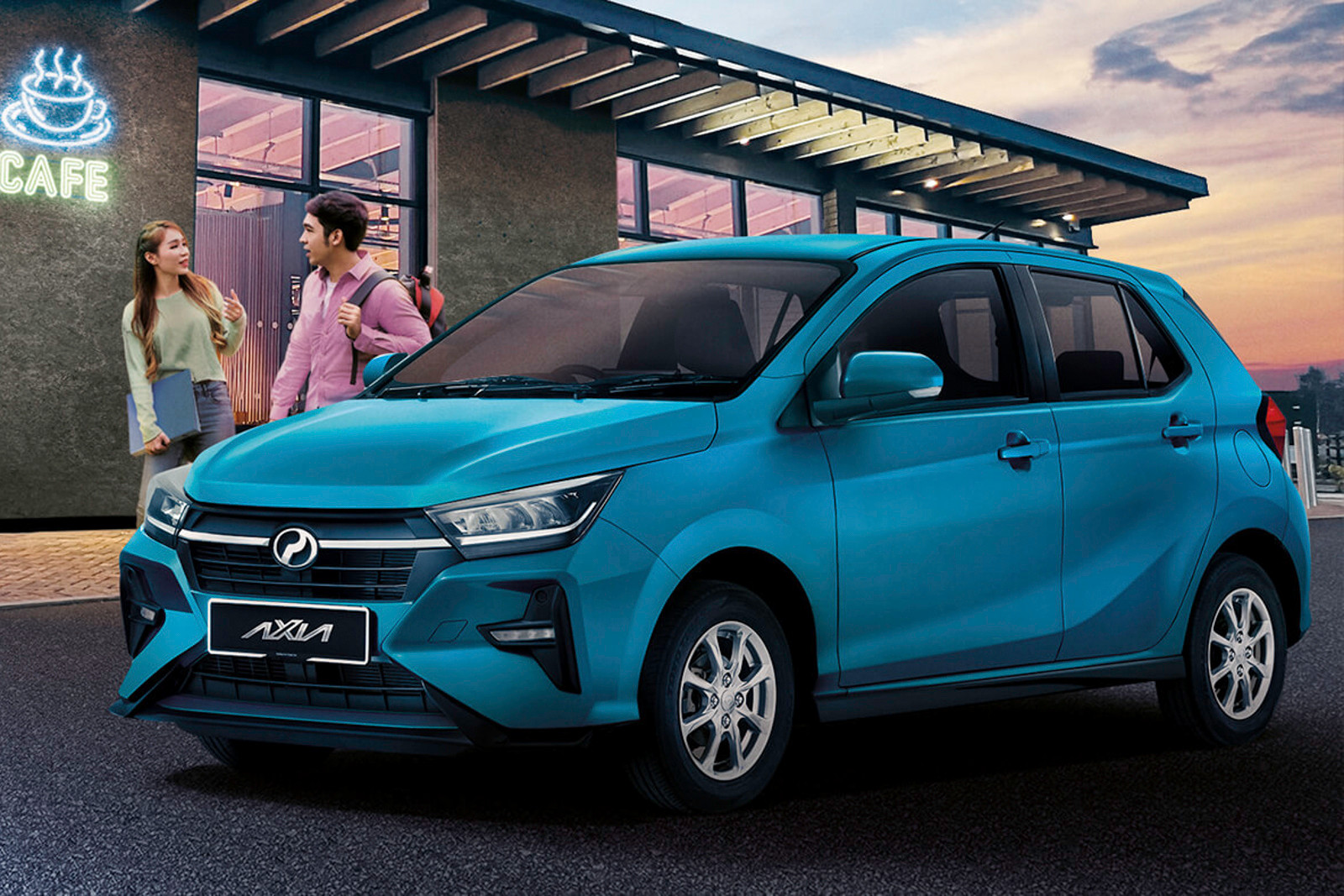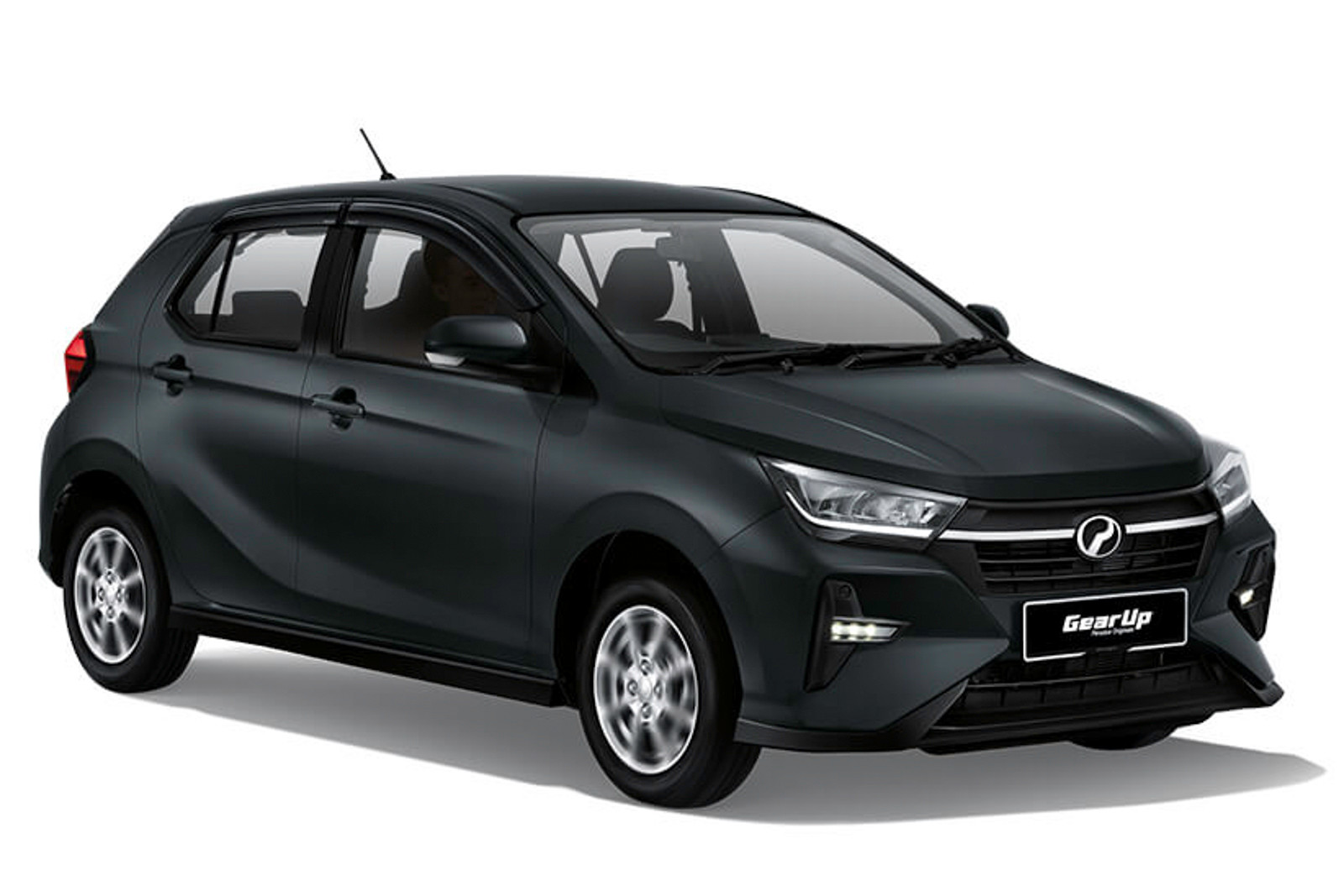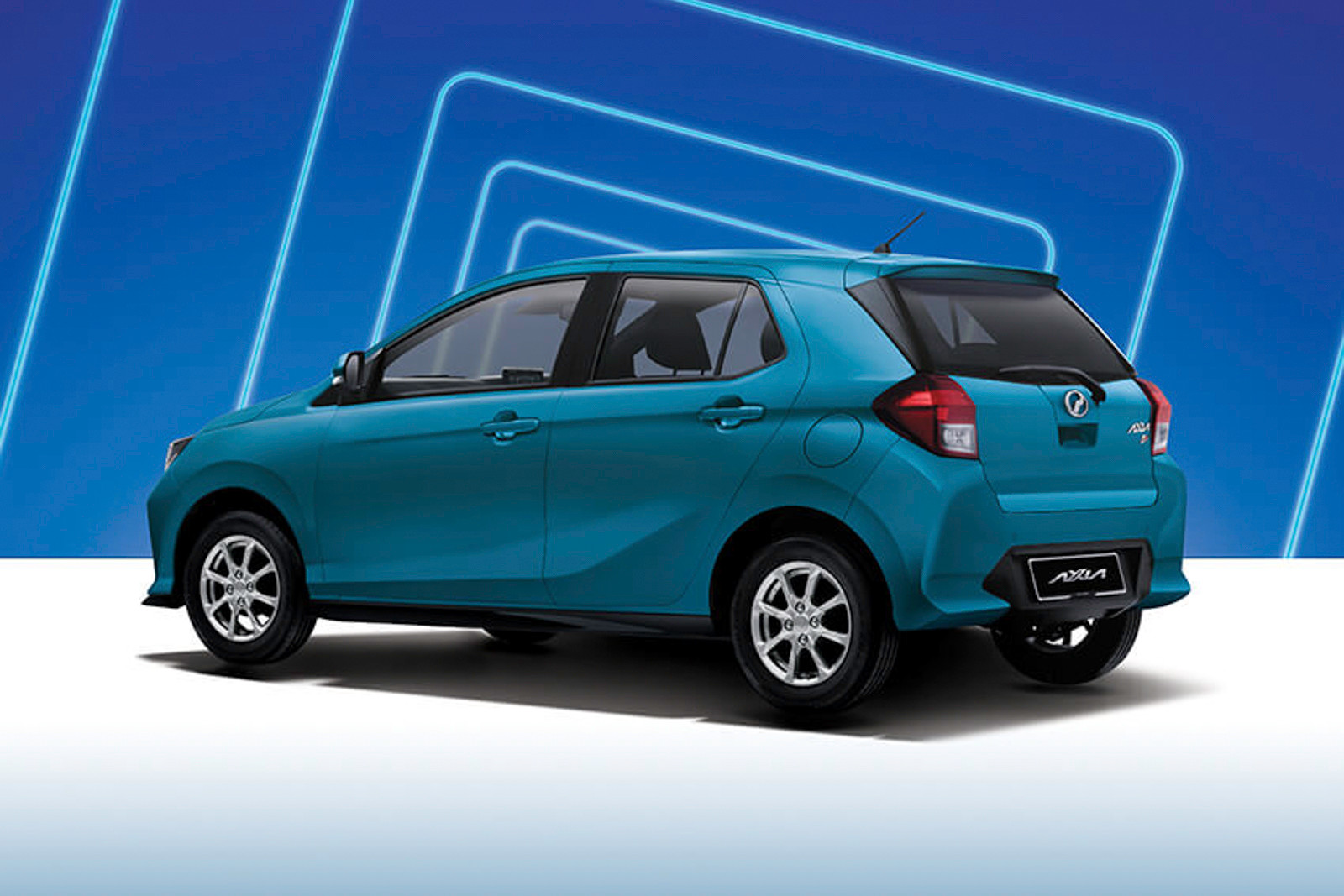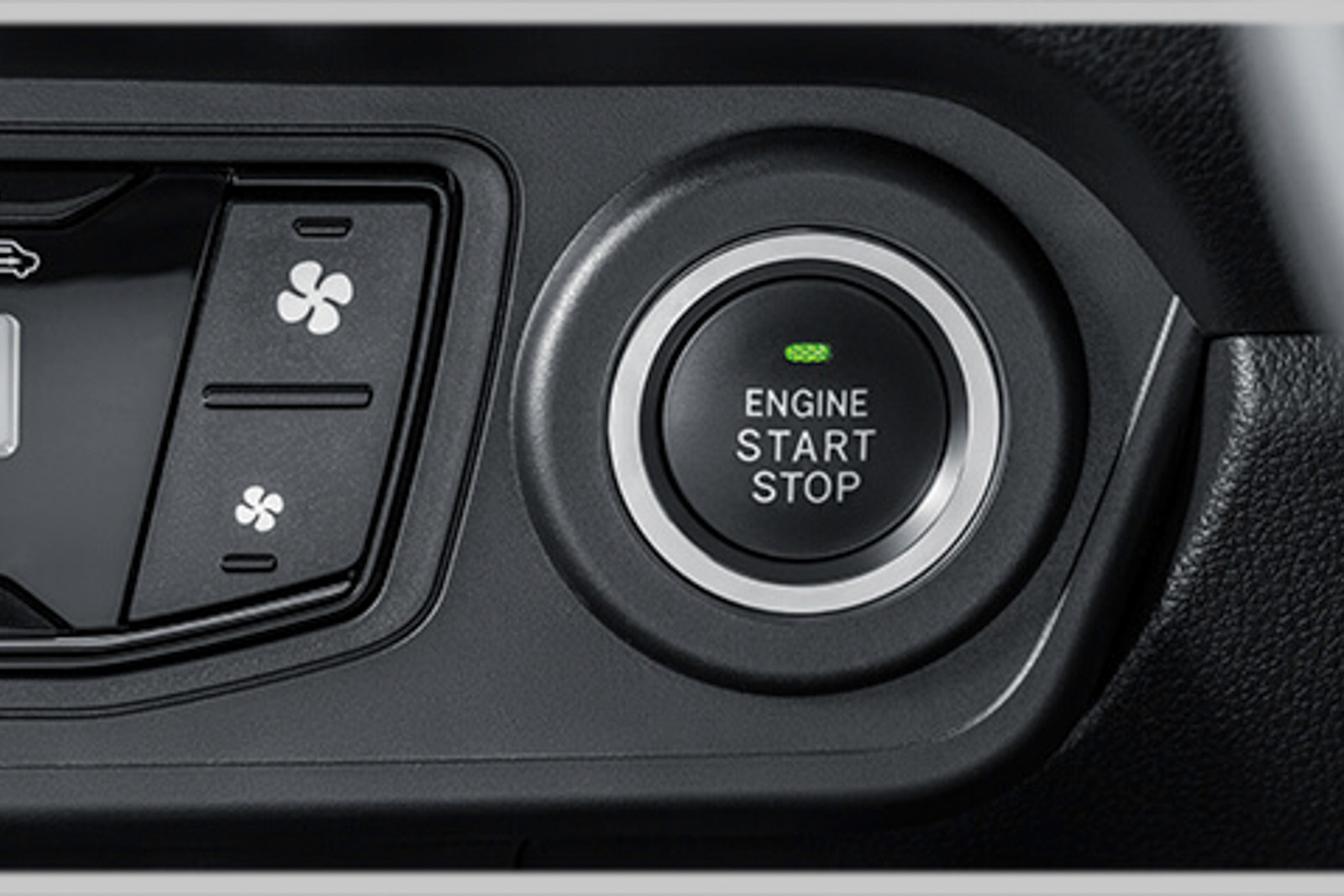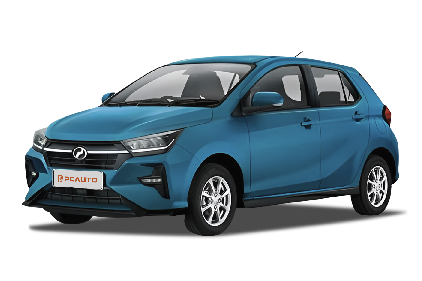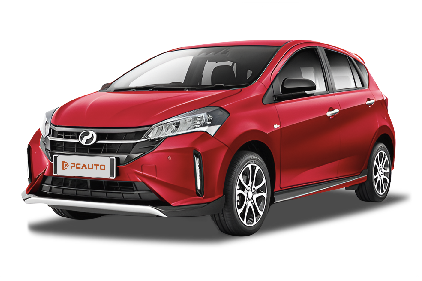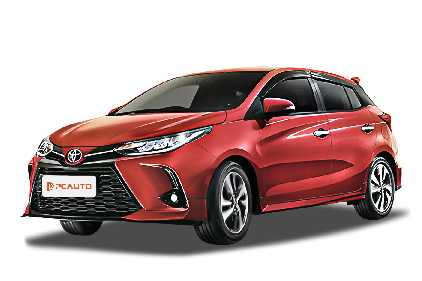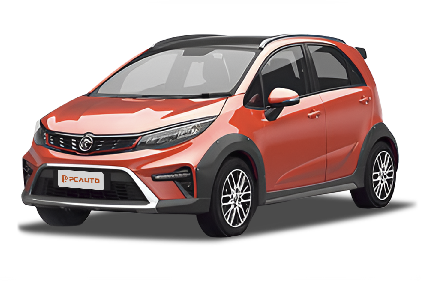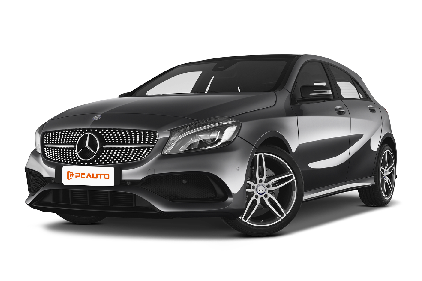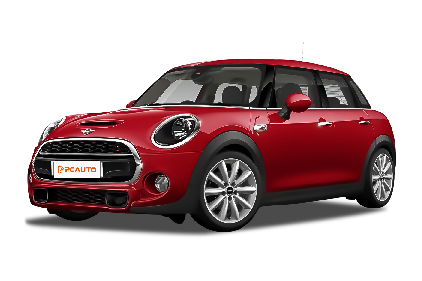Q
Is a Dodge Charger petrol or diesel?
The Dodge Charger is an American muscle car primarily powered by gasoline engines. Currently, the models available in the Malaysian market are typically equipped with a 3.6-liter Pentastar V6 or a 5.7-liter Hemi V8 gasoline engine, and there's no diesel version offered. This car is highly popular among car enthusiasts for its powerful performance and classic American design, and it's especially suitable for Malaysian consumers who are fond of high-displacement performance cars.
It's worth noting that while diesel vehicles are quite common in some vehicle types in Malaysia, such as pickups or SUVs, models like the Charger that emphasize sporty performance usually prefer gasoline engines. This is because gasoline engines offer better power response and a more appealing exhaust note at high RPMs, which aligns better with their sporty positioning.
If you're thinking about buying an American muscle car like this, it's advisable to also keep an eye on Malaysia's fuel supply situation and road tax policies, as high-displacement engines may lead to relatively high operating costs. Additionally, with the development of electric vehicle technology, there might be electric versions of muscle cars in the future, which could potentially change the market landscape of traditional fuel-powered muscle cars.
Q
Is Hyundai Veloster a race car?
The Hyundai Veloster is not a purpose-built race car, but it does have several performance-oriented elements. Powered by a turbocharged 1.6-liter engine producing 187 horsepower, it can reach a top speed of 214 km/h and accelerate from 0 to 100 km/h in just 8 seconds. The dual-clutch transmission (DCT) and front-wheel-drive layout deliver an engaging driving experience.
Its MacPherson strut front suspension and ventilated disc brakes on both axles enhance handling and braking performance. However, compared to a true race car, it lacks features like a stripped-down interior for weight reduction, a highly tuned racing engine, or a full roll cage.
The Veloster is better described as a sporty road car designed for daily driving, with performance enhancements that appeal to drivers seeking excitement on open roads without the extreme compromises of a dedicated race vehicle.
Q
Is proton x70 worth buying?
Proton's first-ever SUV, the X70, brings some solid competition to the table for a homegrown Malaysian brand, thanks to its strong value proposition and generous features list. Under the hood, you've got a choice of 1.5T or 1.8T turbocharged engines – they deliver smooth power and reasonable fuel economy, making this a solid pick for family daily drives. Step inside, and you'll find soft-touch materials and a snazzy, tech-forward infotainment screen that should hit the mark for modern buyers. Safety-wise, it doesn't skimp either, coming standard with 6 airbags, ESC, and a 360-degree camera system – you can feel confident there.
That said, rear passenger space is a touch tighter compared to some rivals in its class, and maintenance costs might edge out a bit higher than certain Japanese competitors. If local brand support, a loaded features set, and comfortable driving are high on your priority list, the X70 is definitely worth a look. But do yourself a favor: before signing on the dotted line, take it for a spin alongside segment staples like the Honda CR-V or Mazda CX-5. The SUV market's fiercely competitive, and every player brings something unique to the game. At the end of the day, your personal budget and what you truly need from the vehicle will be the ultimate deciders.
Q
What is the Engine in Proton Persona?
Currently, the Proton Persona is equipped with a 1.6-liter naturally aspirated four-cylinder gasoline engine, codenamed CamPro IAFM+. This engine is independently developed by Proton. It has a maximum output power of 107 horsepower (about 80 kilowatts) and a torque of 150 Newton-meters. It is paired with either a 5-speed manual transmission or a CVT continuously variable transmission. The overall performance is smooth, and its fuel economy is suitable for daily driving.
The CamPro series of engines is one of Proton's signature technologies. The IAFM+ (Intelligent Air-Fuel Module with Variable Length Intake Manifold) technology enhances the low-speed torque performance by optimizing the intake efficiency, which meets the driving needs of the multi-urban road conditions in Malaysia. It's worth mentioning that since Proton collaborated with Geely in recent years, some new models have started to adopt turbocharging technology. However, as an economy car, the Persona still continues with the mature and stable naturally aspirated configuration. This setup is more attractive to local consumers in terms of maintenance cost and reliability.
If you have higher requirements for power, you can pay attention to Proton's models equipped with the 1.5TGDI turbocharged engine. Nevertheless, the Persona is more positioned towards practicality and cost-effectiveness, making it suitable for family users who focus on daily commuting.
Q
how much is byd seal in malaysia
The BYD Seal's pricing in Malaysia varies depending on the trim level, with current prices ranging roughly from RM180,000 to RM220,000. Exact figures might shift based on dealer promotions or optional extras you tick. This all-electric sedan is turning heads with its impressive range and sporty styling. Malaysian-spec Seals typically come with 60kWh to 80kWh battery packs, delivering between 400km and 500km of range on the WLTP cycle, plus fast-charging capability to get you back on the road quickly.
In the local market, the Seal squares off against heavyweights like the Tesla Model 3 and Hyundai Ioniq 6. But where it really pulls ahead is with its more competitive localized after-sales support and warranty packages – a big plus for peace of mind. Malaysian buyers should also factor in the government's EV tax incentives, including import duty and sales tax exemptions, which can knock a significant chunk off the purchase price.
BYD's dealer network in Malaysia is steadily expanding, with sales and service centers now established in major hubs like Kuala Lumpur, Penang, and Johor Bahru, making maintenance and support pretty convenient. As Malaysia's EV infrastructure continues to grow, high-performance offerings like the Seal are definitely moving up more shoppers' consideration lists.
Q
How big is the fuel tank on a 2020 Passat?
The fuel tank capacity of the 2020 Volkswagen Passat is approximately 70 liters. This design can offer a relatively long driving range, which is suitable for long - distance driving in Malaysia, especially reducing the frequency of refueling during cross - state trips. For Malaysian consumers, knowing the fuel tank capacity helps in trip planning and budgeting. It's worth noting that the actual driving range is also affected by factors such as driving habits, road conditions, and vehicle load.
In Malaysia, gasoline prices fluctuate with international oil prices. Therefore, regularly monitoring the changes in oil prices and reasonably arranging refueling times can also help save costs. Besides, as a mid - size sedan, the Passat has relatively good fuel economy. With its efficient engine technology, it can maintain a low fuel consumption level both in the city and on highways. This is a great advantage for Malaysian drivers who often encounter traffic jams.
Q
Which type of coolant is suitable for Volkswagen Passat?
When it comes to choosing coolant for your Volkswagen Passat, you'll want to go with a product that meets VW TL 774-C specifications or the G12++/G13 standards. These are typically the pink or purple coolants, specifically formulated for VW Group vehicles. They do a solid job of preventing corrosion and scale buildup, and they hold up well under the high-temperature conditions we see here in Malaysia. You can pick up the genuine stuff at authorized dealers or find reputable aftermarket options at reliable auto parts stores.
A quick heads-up: never mix different colored coolants. For example, G12 and G13 have incompatible chemical compositions—mixing them can cause gel formation that clogs up the system. If you're unsure what's already in there, it's safest to thoroughly flush the cooling system before refilling.
Also, make a habit of checking the coolant level and concentration regularly, especially with our year-round heat. It's generally recommended to replace the coolant every 2 years or 40,000 kilometers, whichever comes first. Use a refractometer to ensure the freezing point stays below -35°C—this helps prevent overheating issues too. And avoid just topping it up with water; the minerals in tap water can reduce cooling efficiency and speed up corrosion in the system.
If you notice your engine temperature spiking unexpectedly, don't delay checking components like the water pump and thermostat. These are common trouble spots on older Passat models.
Q
What Colors Does Perodua Ativa Have? Which One Do You Like?
Currently, the official color options available for the Perodua Ativa include five choices: Pearl Delima Red, Pearl Diamond White, Cobalt Blue, Granite Grey, and Glittering Silver. You can choose the one you like based on your preference.
Q
Is the Jaecoo J7 water resistant?
As an SUV mainly targeting urban light off - roading, the water - proof performance of the Jaecoo J7 is mainly manifested in daily wading scenarios rather than professional diving. Official data shows that its wading depth can reach approximately 600mm, which is sufficient to handle the common rain - flooded roads in Malaysia. This is due to its optimized air intake position and chassis sealing design. However, it should be noted that long - term immersion may still cause damage to the electrical circuits.
For Malaysian consumers, when driving during the rainy season, more attention should be paid to the vehicle's water - proof performance and daily maintenance. For example, regularly check the door seals and chassis drain holes to prevent sand and mud from clogging and affecting the water - proof effect. At the same time, it is recommended to check the braking system in time after wading.
It's worth noting that the water - proof design of most city SUVs on the market is mainly for short - term wading. If you often encounter deep - water areas, you should consider modifying professional configurations such as a wading snorkel. However, this will involve changes to the warranty terms, and it is recommended to consult through official channels.
Q
How to lock Toyota Vios?
Locking your Toyota Vios is straightforward. The most direct way is to use the lock button on your key or remote fob. Give it a press, and you'll hear a beep along with flashing lights to confirm the car's locked up. Just make sure all doors, the trunk, and windows are fully closed first. Many newer Vios models come with a smart key system too – simply have the key on you, walk up to the door, and touch the sensor area on the door handle to lock it automatically.
If your remote battery dies, don't sweat it. You can still lock manually by inserting the key into the driver's side door lock and turning it clockwise. Pro tip: Check your remote key battery regularly to avoid getting stuck with a dead fob.
For our Malaysian friends, keep in mind that the hot and humid climate can sometimes affect electronic components. It's a good idea to park in the shade when possible and get your car's electrical system serviced regularly to keep things in check.
The Vios typically has a double-lock feature – just press the lock button twice quickly. Once activated, this prevents doors from being opened from the inside, adding an extra layer of theft protection. But heads up: Don't accidentally leave your keys inside before double-locking, or you might find yourself locked out!
Planning to leave your Vios parked for an extended period? Consider adding a steering wheel lock or an aftermarket alarm for extra peace of mind. These anti-theft gadgets are easy to find at most car accessory shops around Malaysia.
